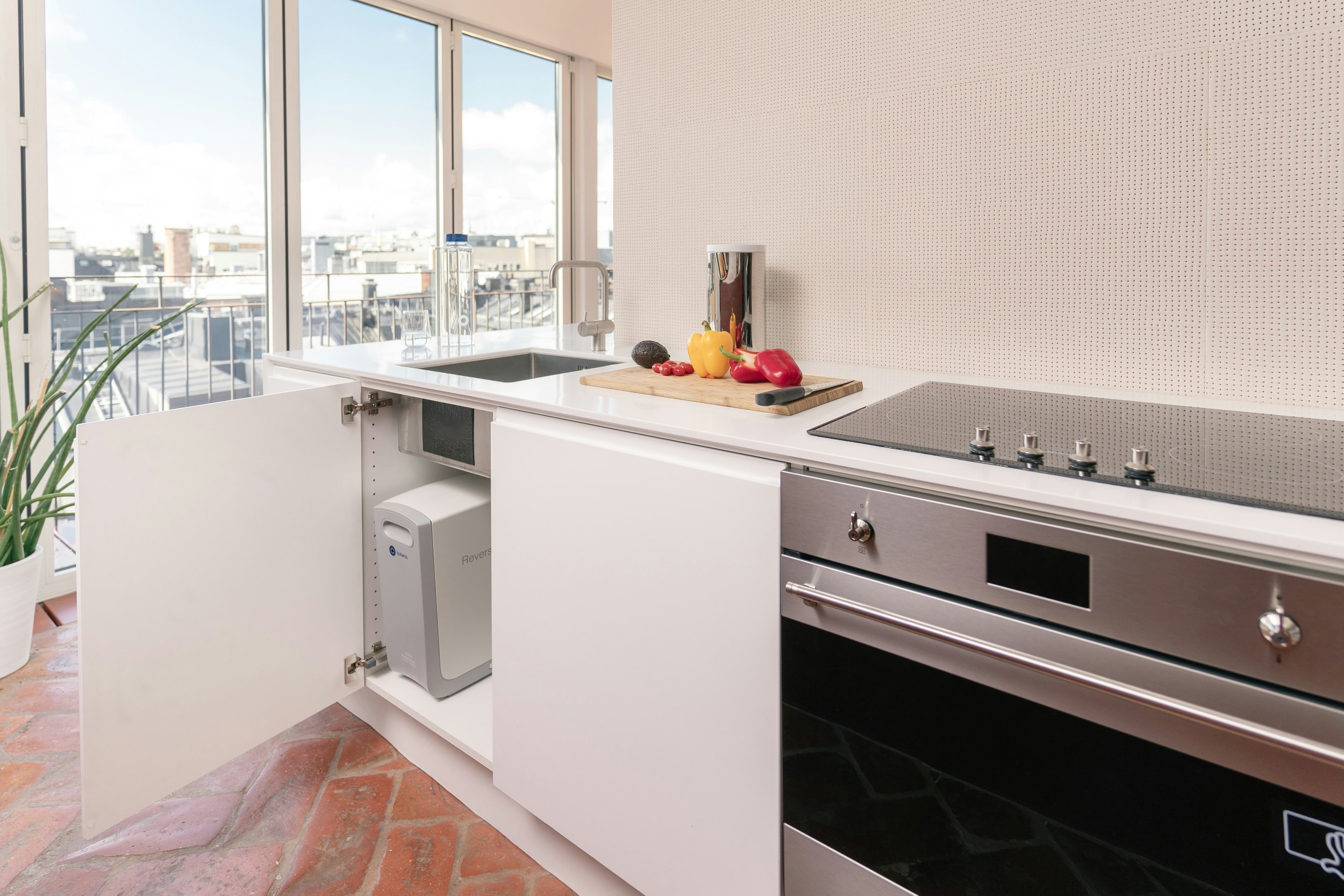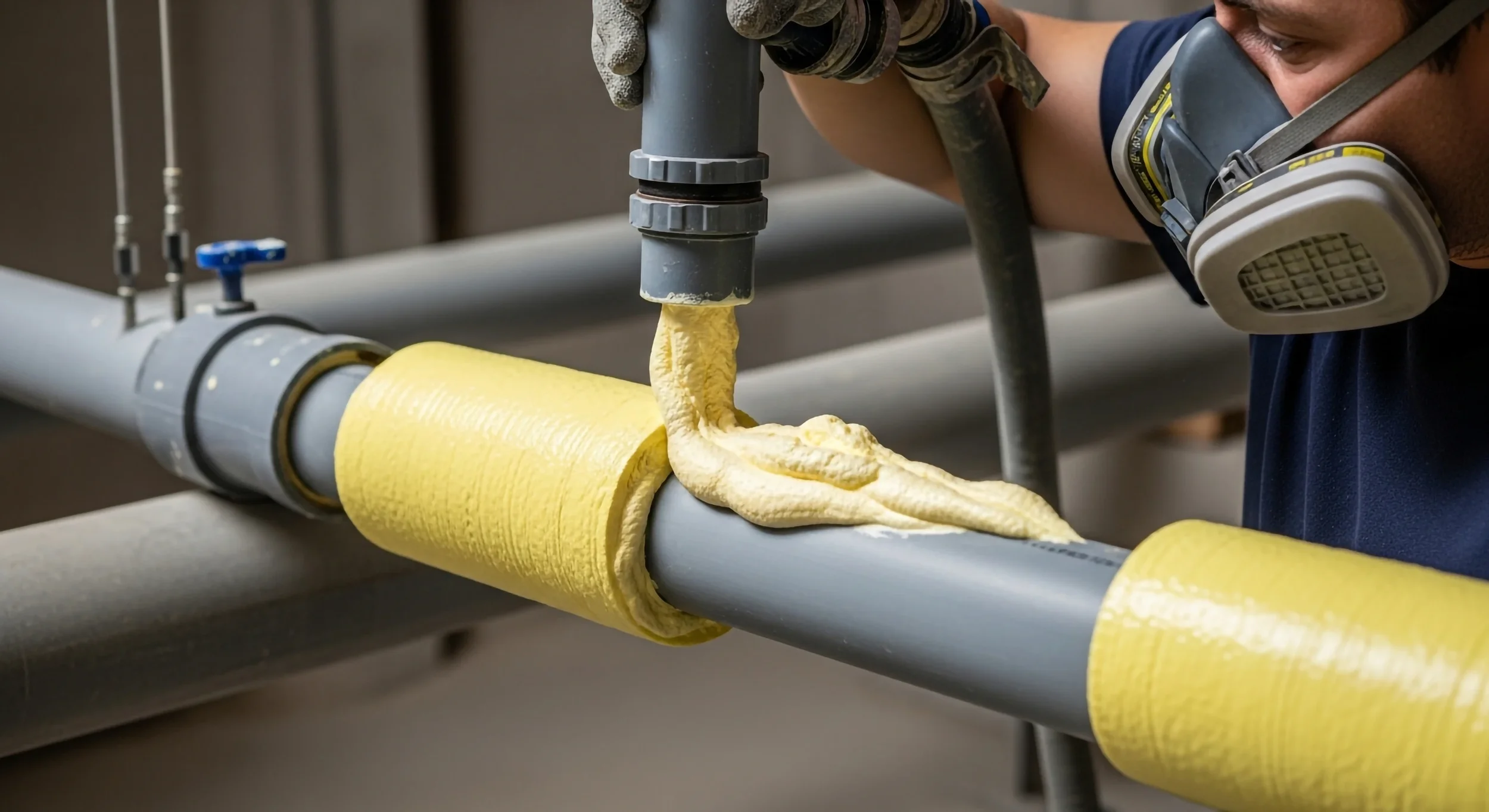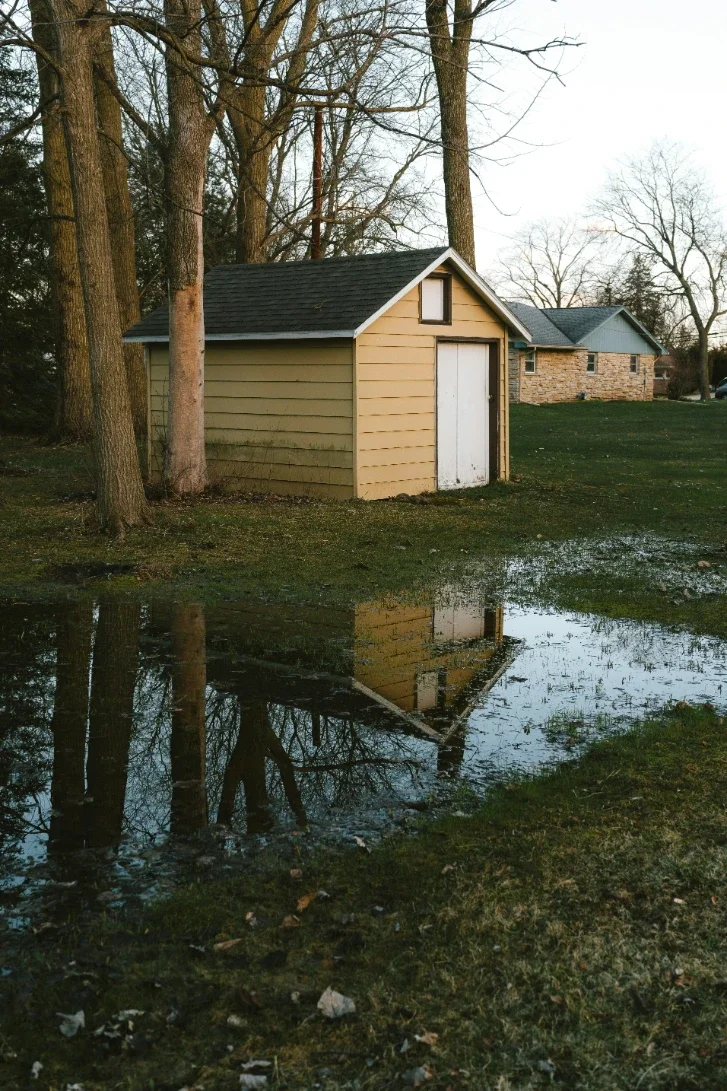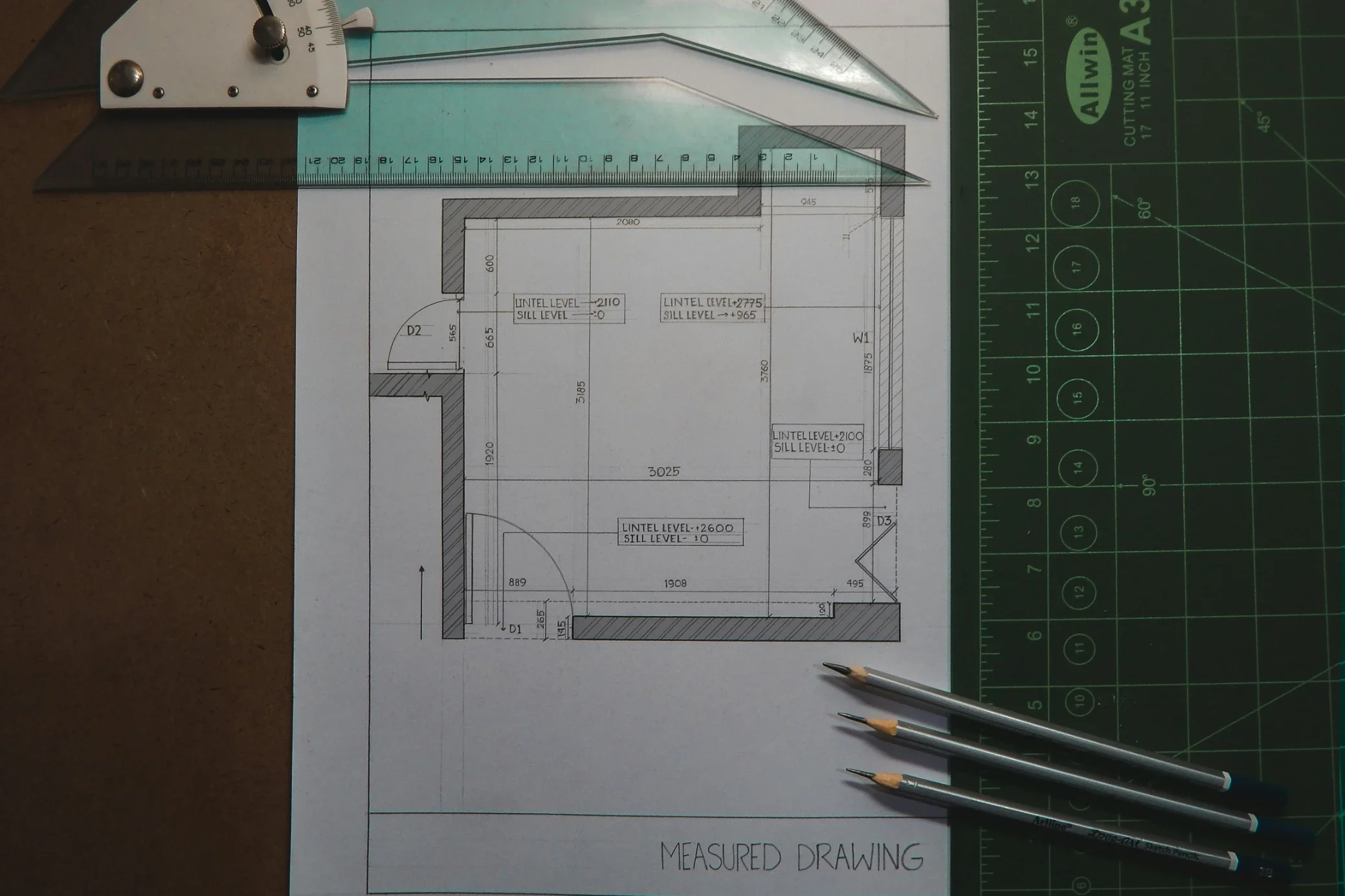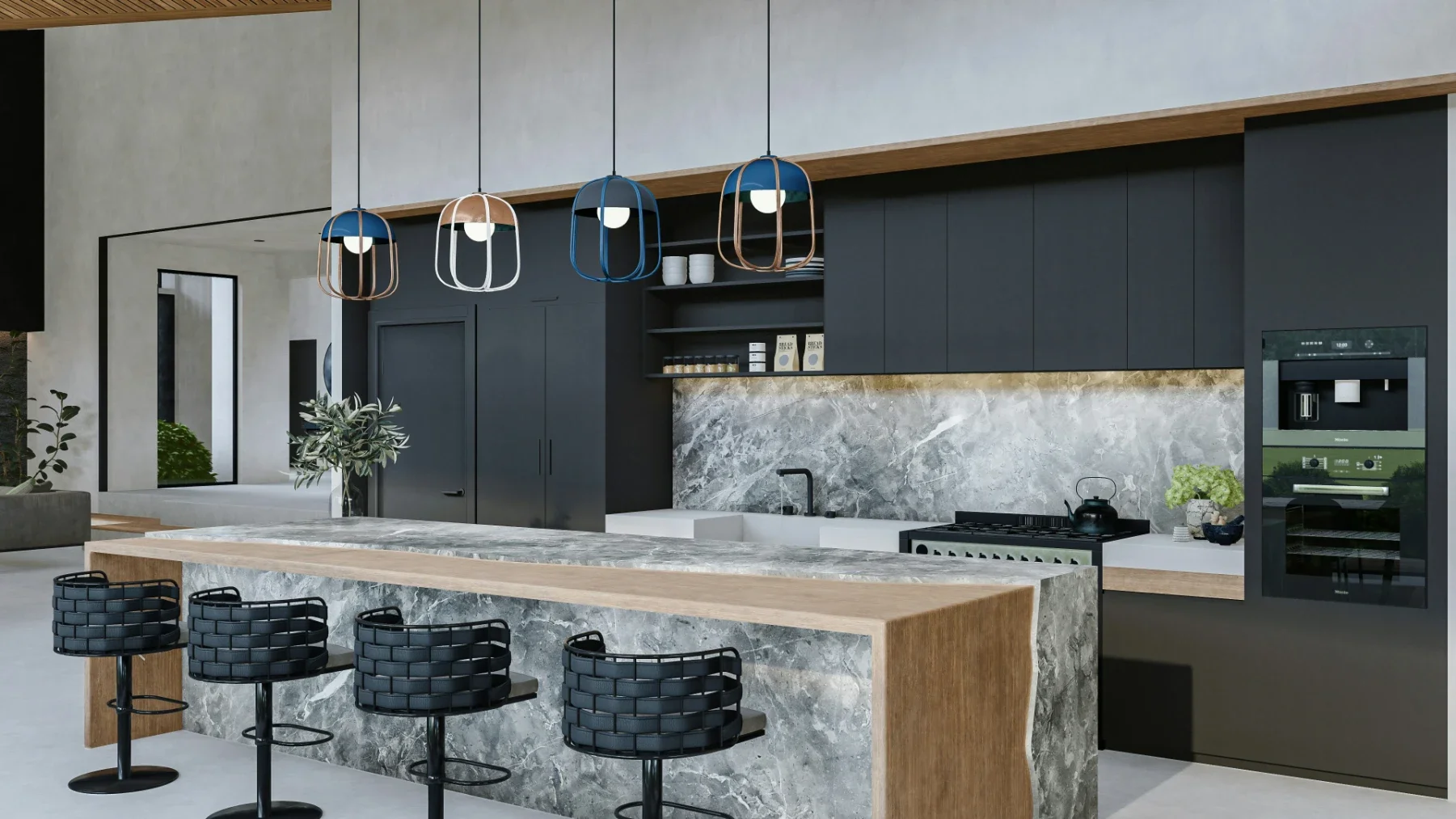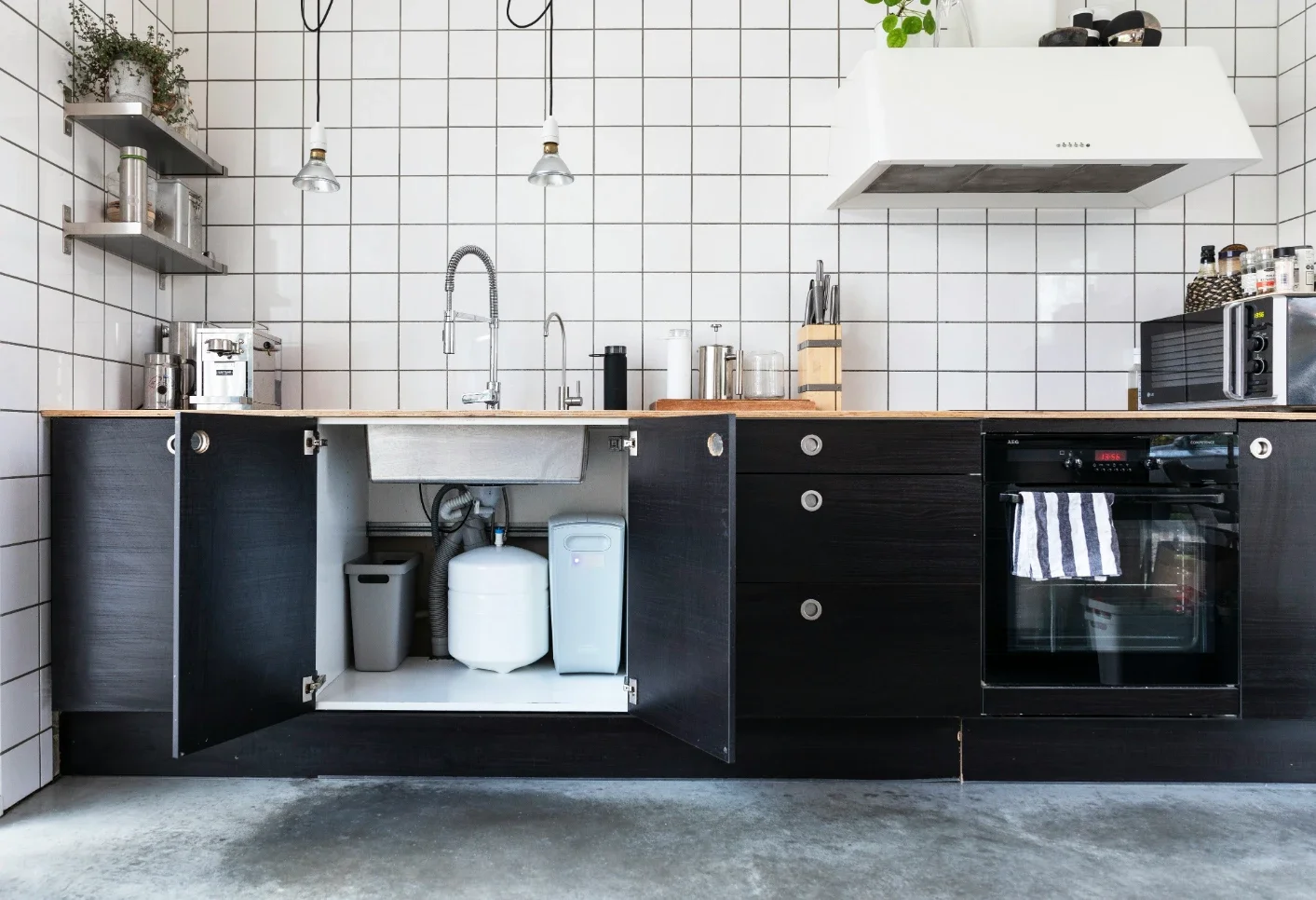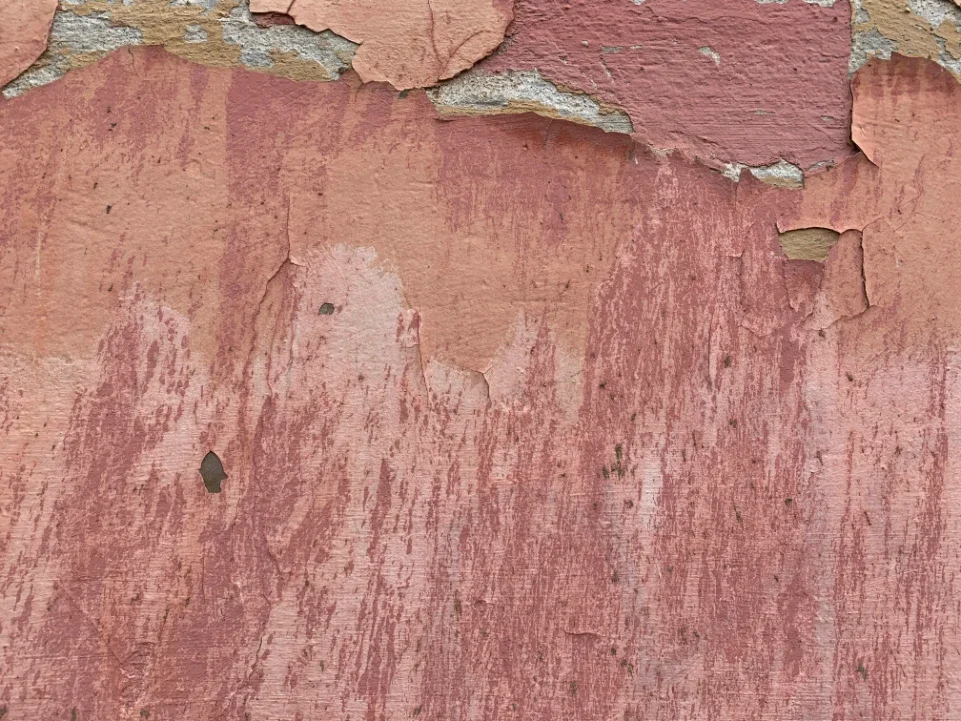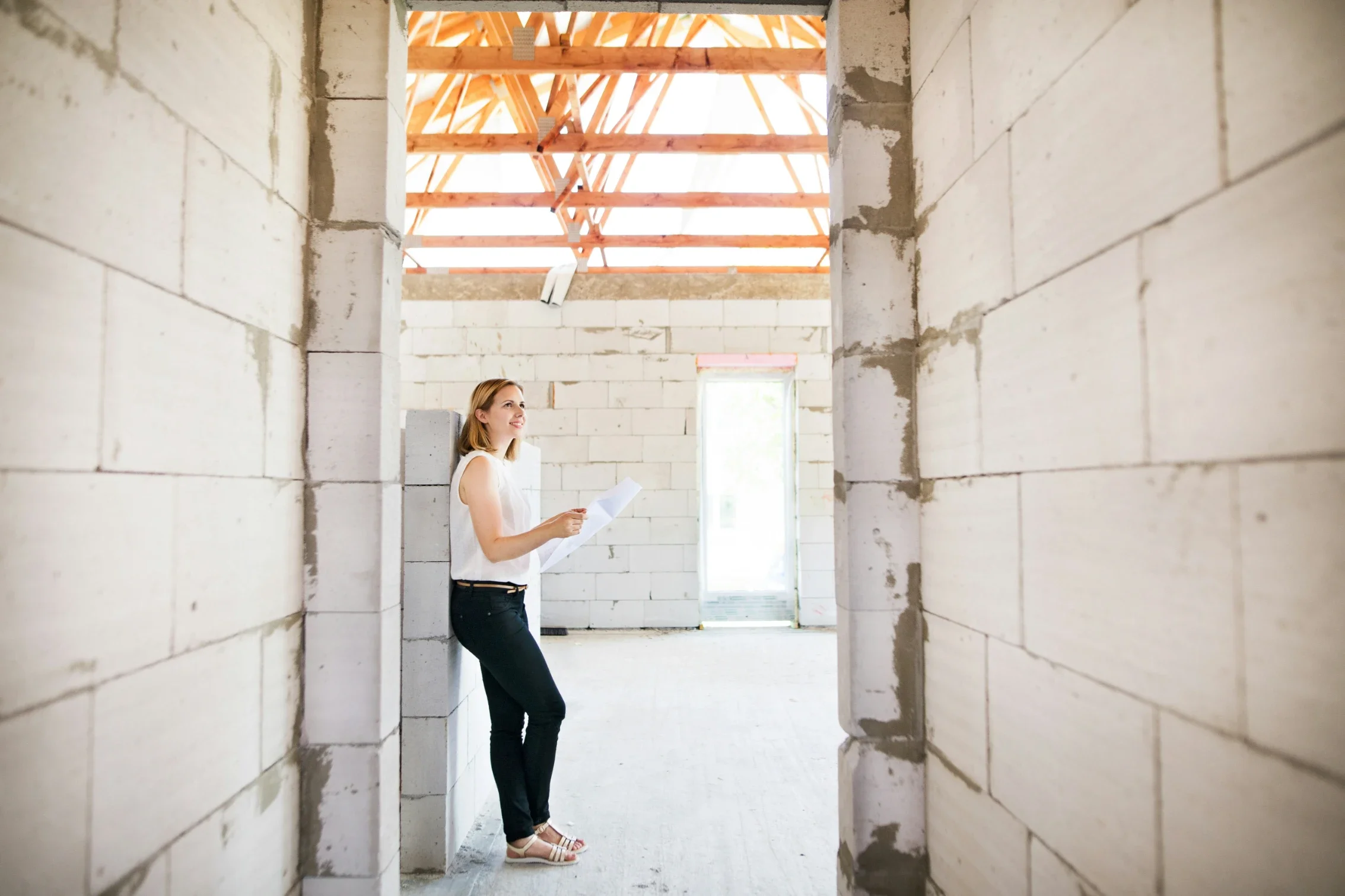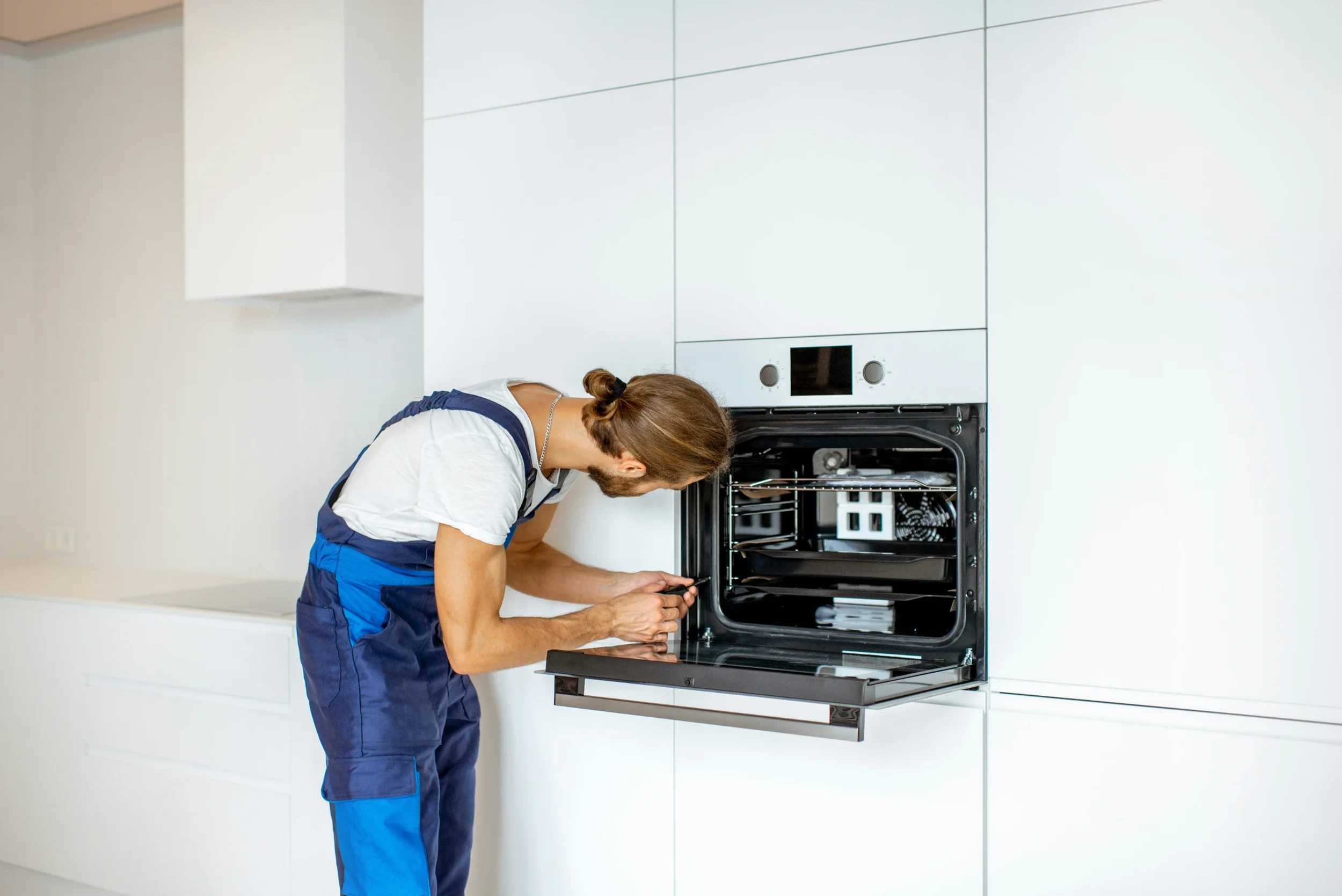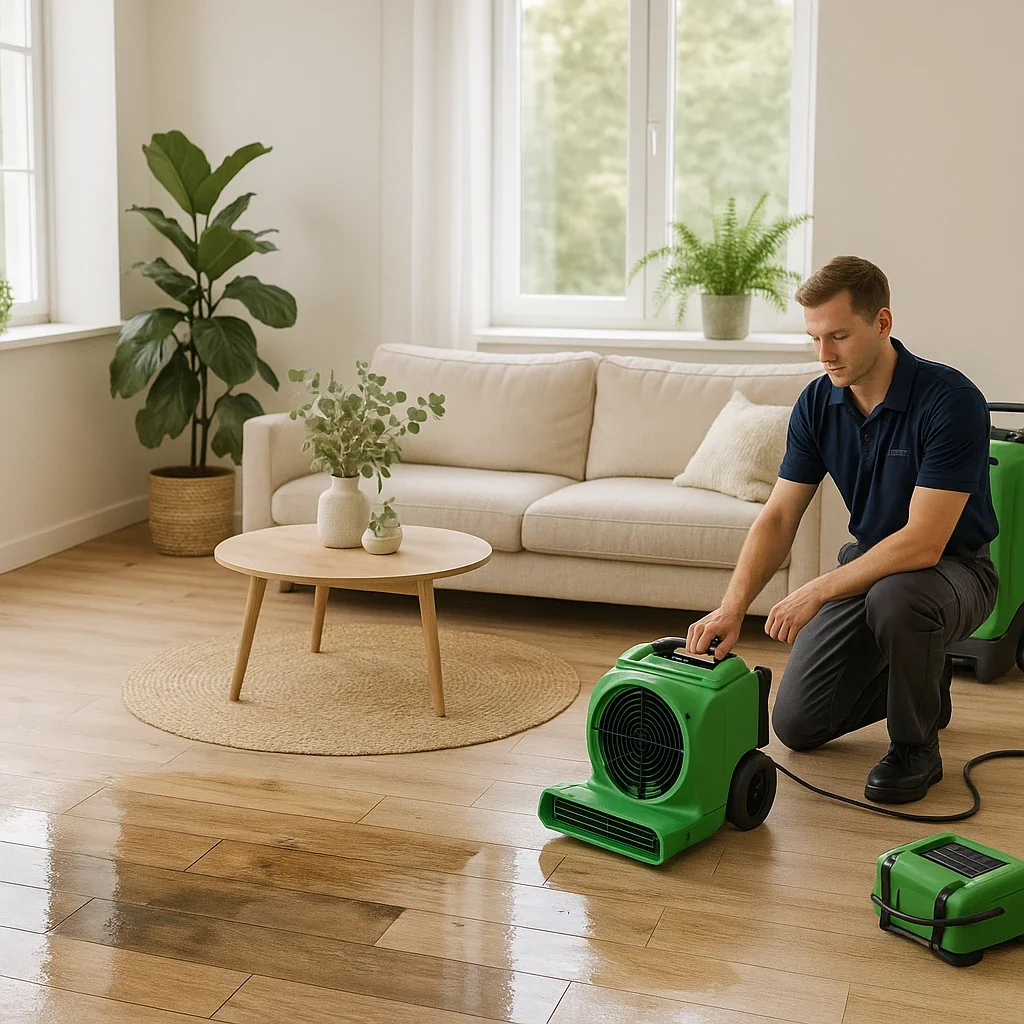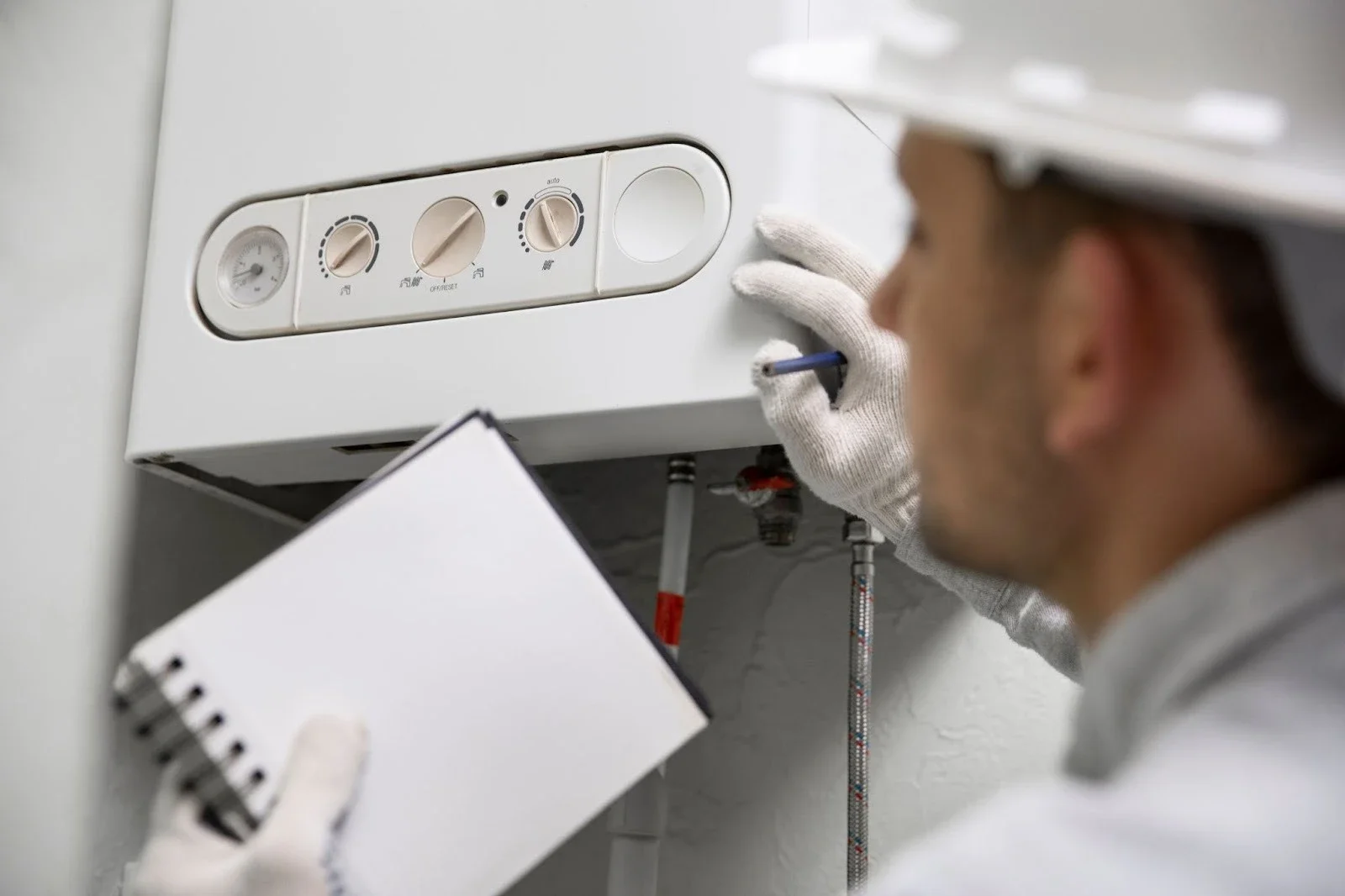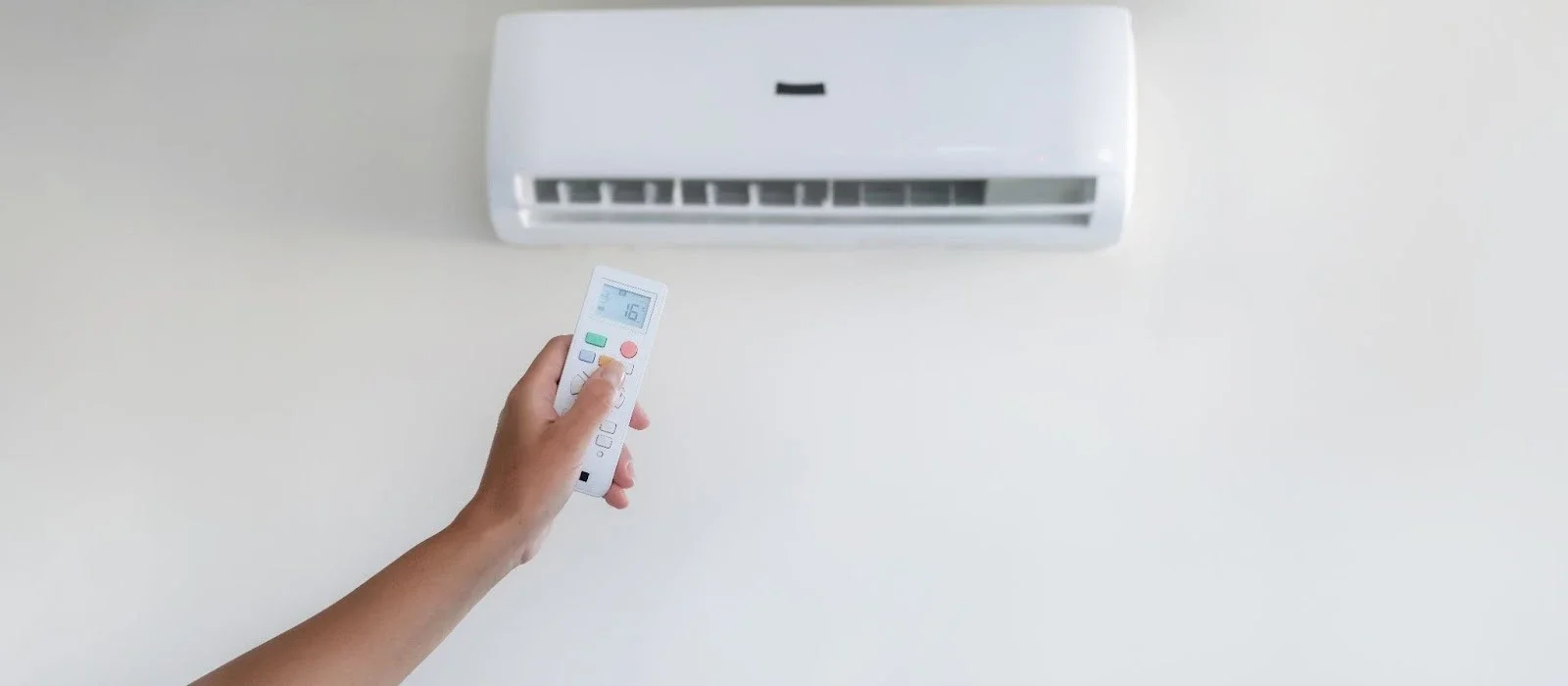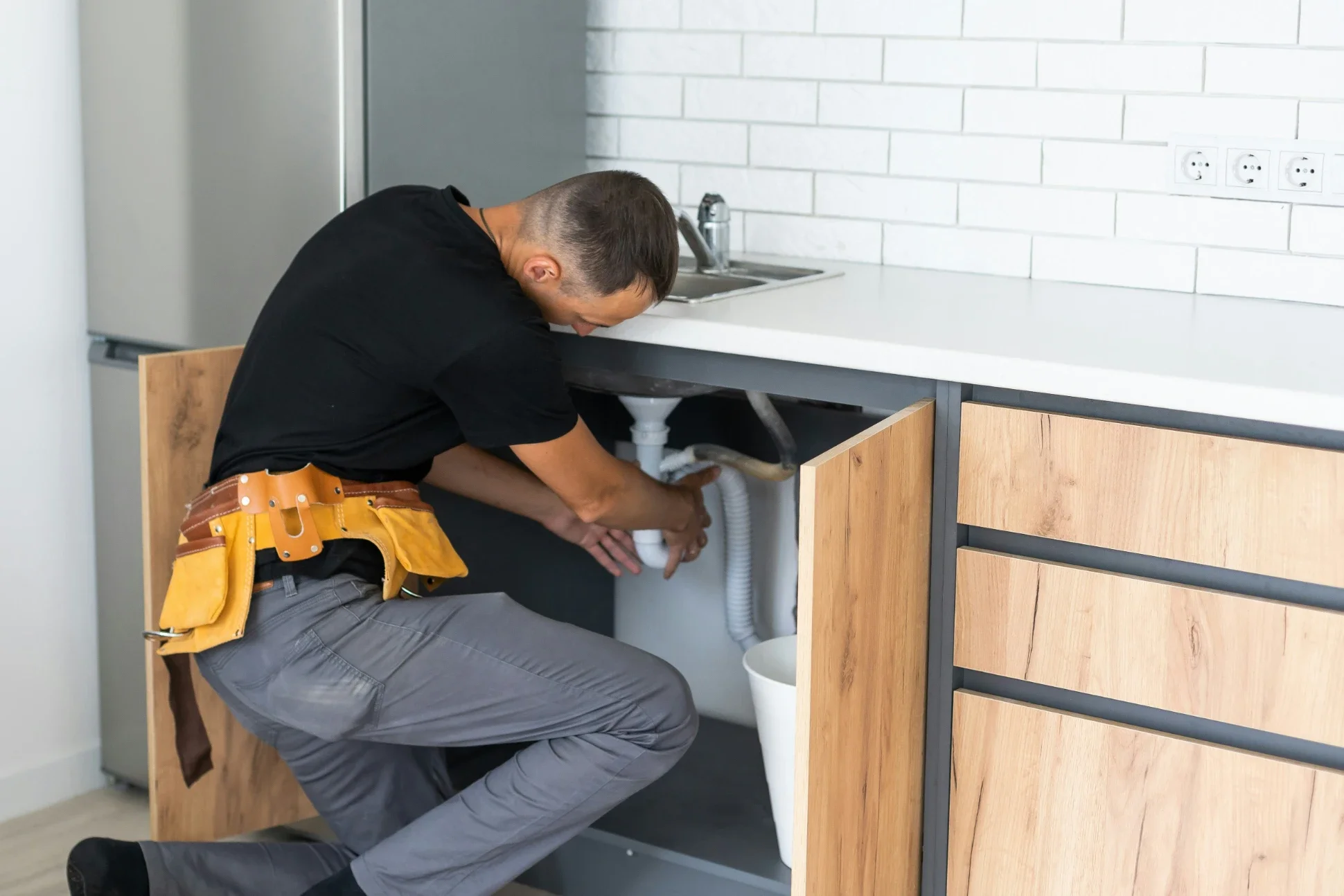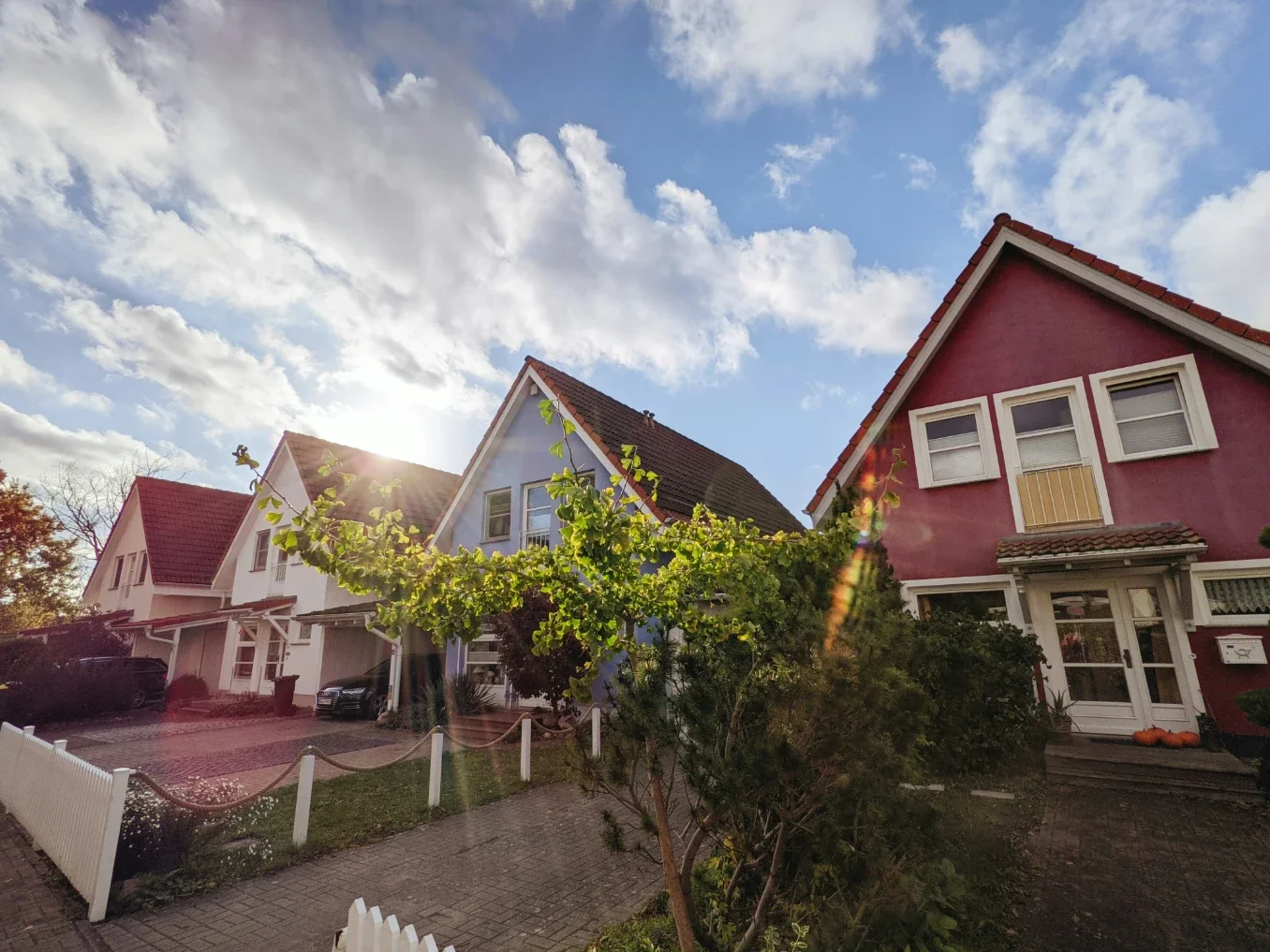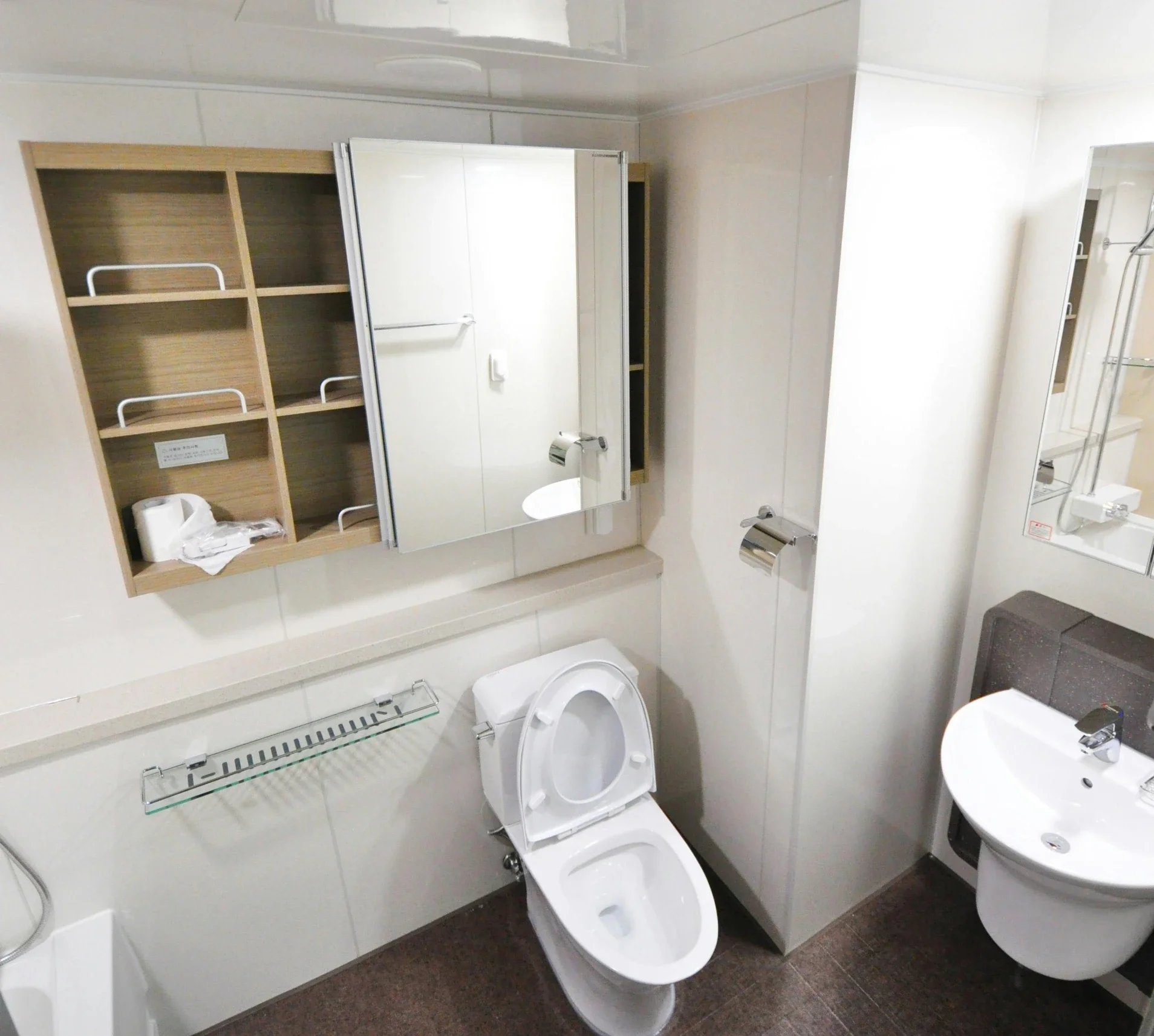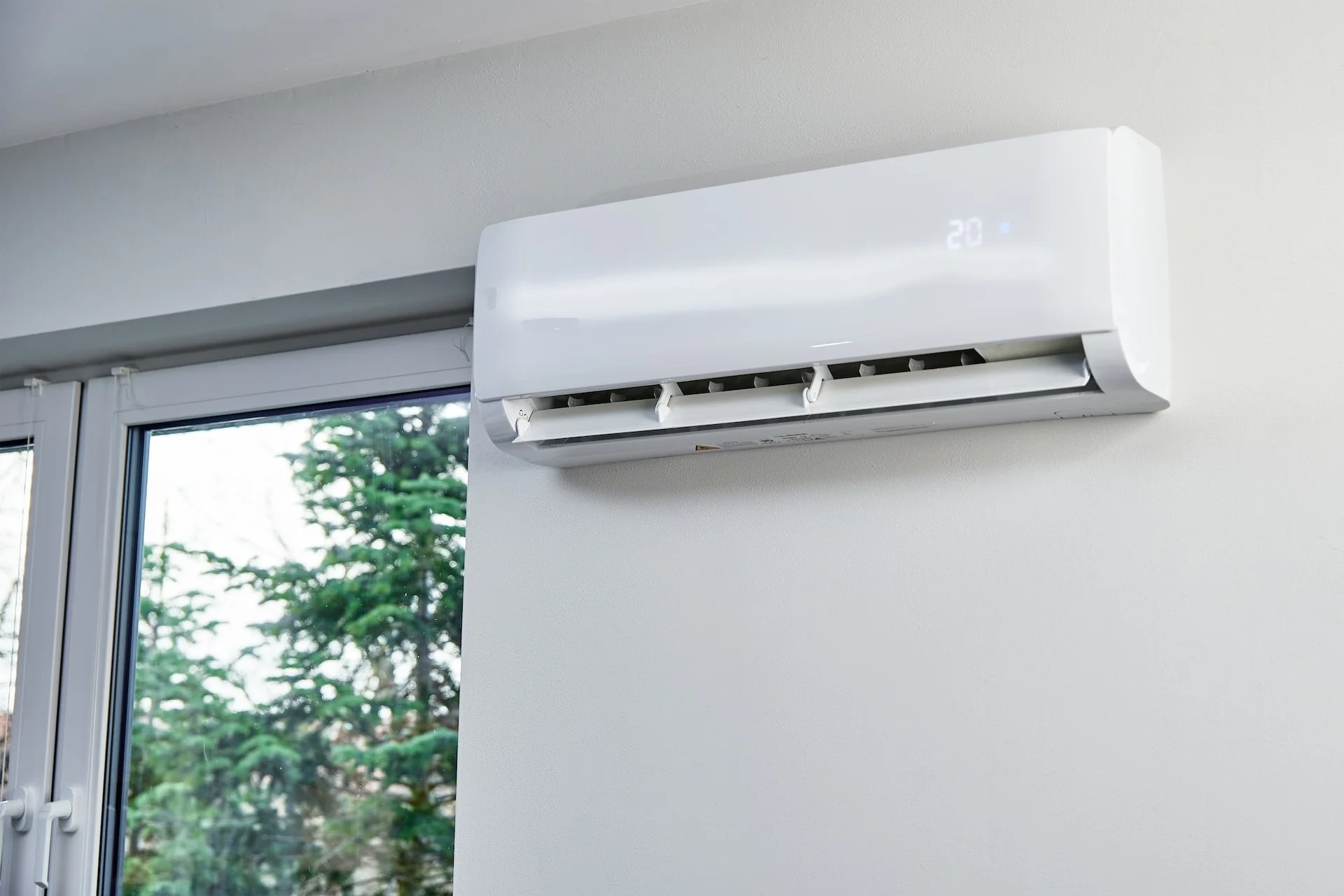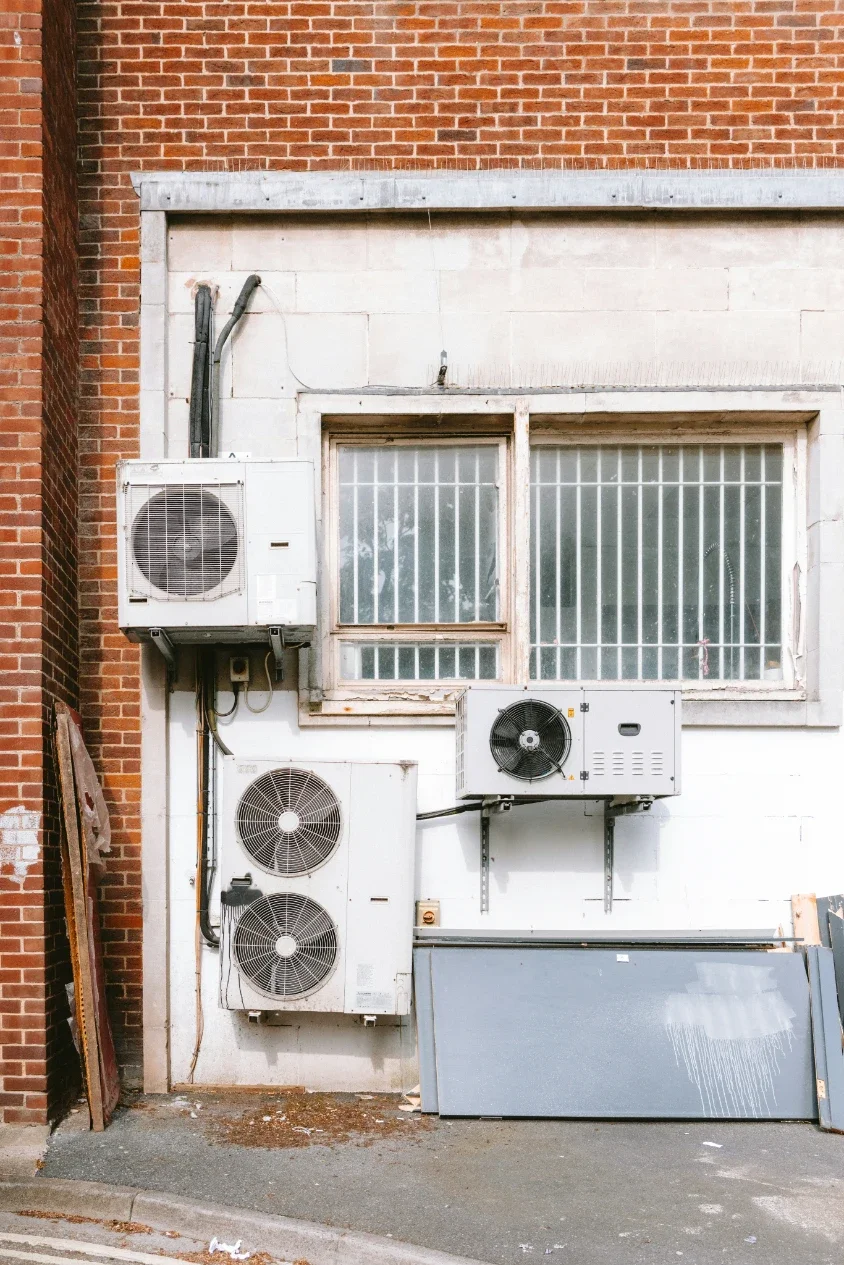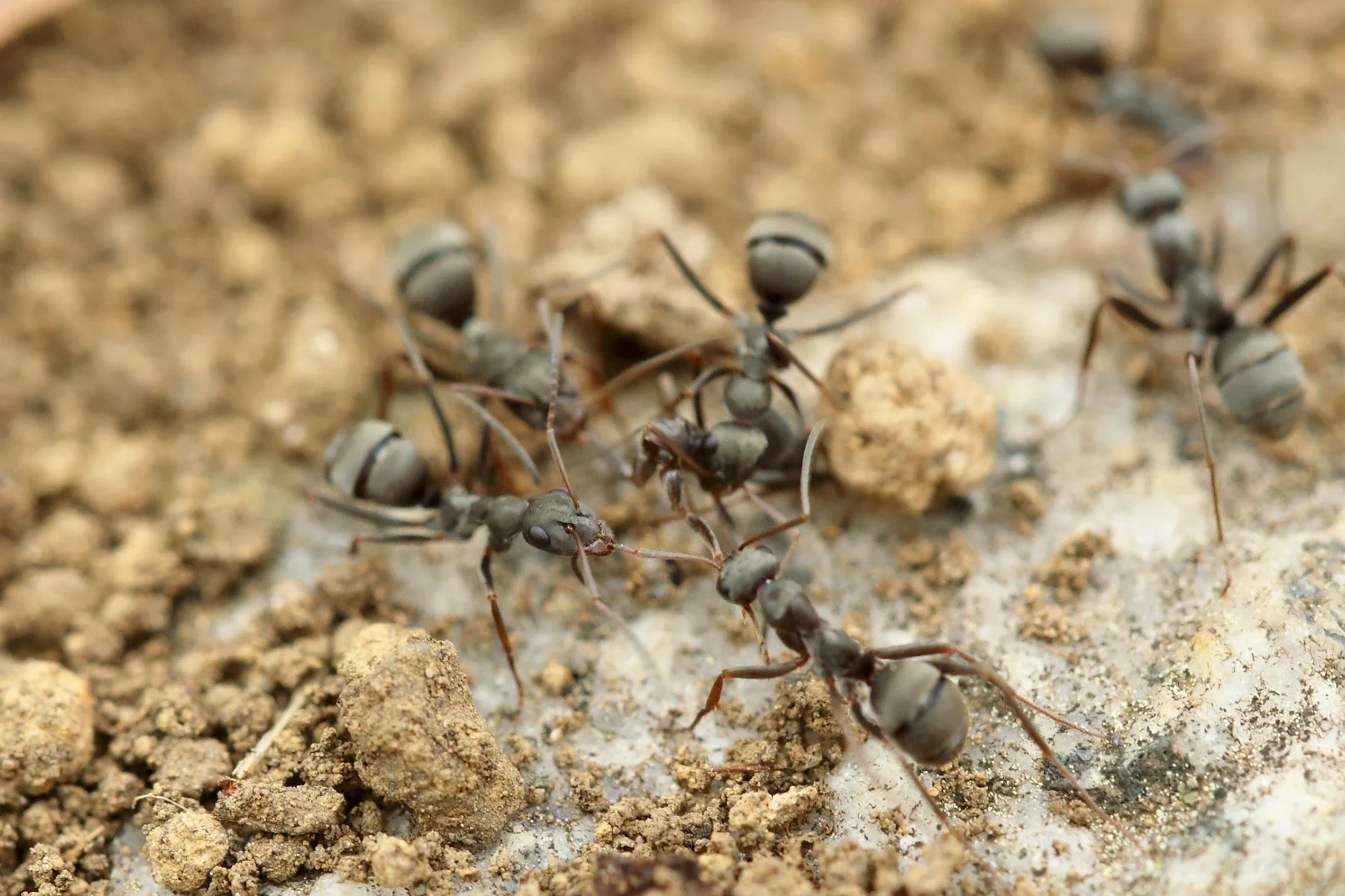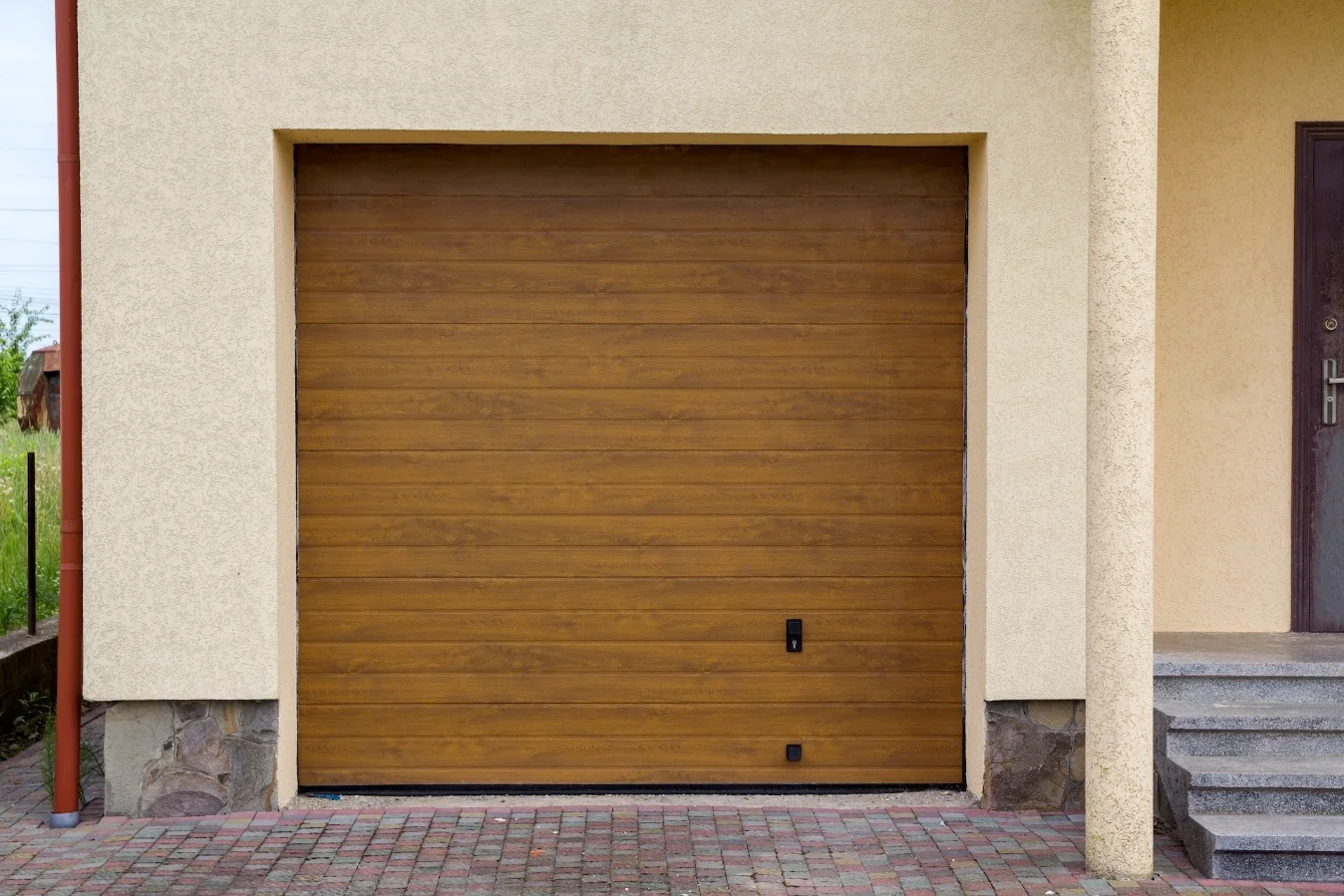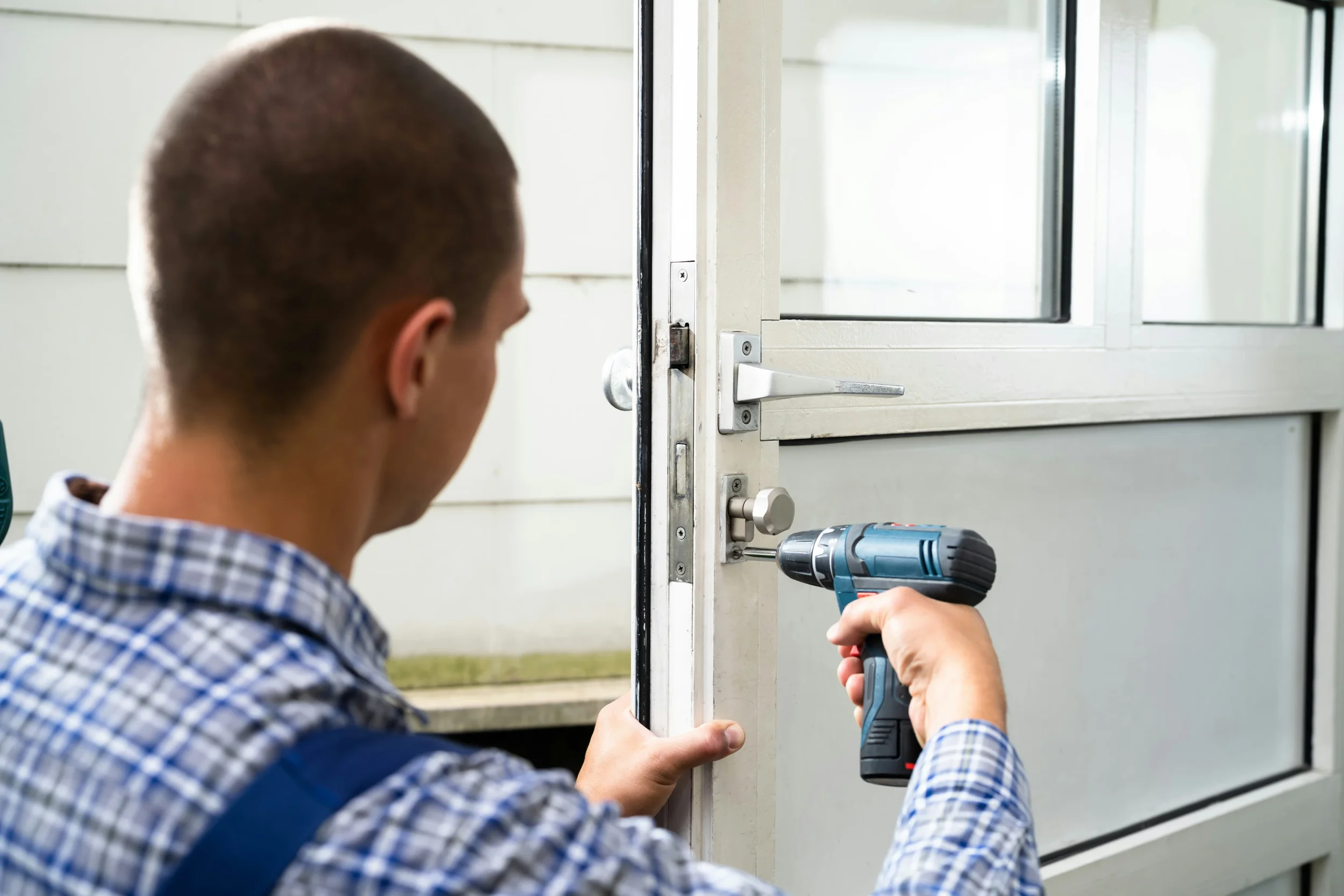Essential Maintenance Hacks for a Healthy Home Water Filtration System
Learn essential maintenance hacks to keep your home water filtration system healthy and efficient. Discover practical tips to ensure clean, safe, and reliable water for your household.
Your home water filtration system is a silent guardian, providing clean, refreshing water for your family. But like any guardian, it needs some maintenance to function at its best. The filtration system should ensure a continuous flow of healthy and clean water for your household.
In this article, we'll explore essential maintenance hacks to keep your water filtration system working smoothly.
Regular Filter Replacement
CDC says that not all water filters are built the same. Some, called micro-filtration filters, have tiny holes that can trap particles as small as 0.5 to 5 microns (a micron is a millionth of a meter). Others, known as ultra-filtration filters, have even smaller holes, ranging from 0.001 to 0.05 microns. There's also nanofiltration, which uses even tinier holes between 0.008 and 0.01 microns to filter out impurities.
Then, there are filter systems with technologies like reverse osmosis, UV treatment, and distillation systems.
No matter what type of filtration system you have at home, the filter must be replaced on time. As water passes through, filters trap contaminants like chlorine, sediment, and heavy metals. The pores on the filters get blocked and lose their potency. This means your water quality may decline, and a clogged filter can also force your system to work harder, reducing its lifespan.
The filter replacement frequency depends on the filter type and your water usage. Most filters need changing every 3-6 months, while some high-capacity filters might last up to a year. Consult your system's manual or the filter manufacturers' recommendations for the specific timeframe for your setup.
Cleaning and Sanitizing Components
Keeping your water filtration system clean and sanitized goes beyond simply replacing filters. During regular maintenance, you should also clean the housings that hold the filters and any other removable components. A mild dish soap solution and warm water are usually sufficient for this.
According to Study.com, sanitization refers to a method of reducing bacteria and microorganisms by 99% or more to bring them to a safer level. Sanitization is important for any surface through which we eat or drink. In the case of water filtration systems, the components of the filters need to be sanitized.
Some systems require a specific solution recommended by the manufacturer for sanitization. In general, these solutions might involve a diluted bleach mixture. Always follow the manufacturer's instructions for both cleaning and sanitizing solutions.
The wrong solution or concentration could damage your system or contaminate your water. After cleaning or sanitizing, thoroughly rinse all components with clean water to remove any residue.
Flushing the System
Flushing your water filtration system regularly helps remove trapped air bubbles and loose contaminants that can accumulate within the system. It not only improves water flow but also ensures optimal filter performance. Flushing typically involves turning off the main water supply and diverting the filtered water output to a drain.
Then, with the filters removed (if applicable), you'll activate the system to flush clean water through the internal components. The exact flushing period can vary according to your system, but it generally takes 5-10 minutes. Consult your system's guide for specific directions on how and how often to perform a flush.
UV Bulb Replacement
For systems equipped with UV disinfection, replacing the UV bulb at designated intervals is crucial. Unlike traditional light bulbs, UV bulbs don't visibly burn out. Instead, they gradually lose their germicidal effectiveness over time.
This means even if the bulb appears lit, it might not be emitting enough ultraviolet light to properly disinfect your water. To maintain optimal protection against bacteria and viruses, refer to your system's manual or the bulb manufacturer's recommendations for replacement frequency.
Shop UV Bulbs suggests timely UV bulb replacement is essential in safeguarding your home's water supply. This is typically around every 12 months, or 9,000 hours of operation.
Checking for Leaks and Damage
A watchful eye for leaks and damage is vital for maintaining a healthy water filtration system. During routine maintenance, thoroughly inspect all the system components, including tubing, connections, filter housings, and the tank. Look for any signs of wetness, crashes, or bulges. Even a small leak can waste water and possibly lead to mold development or damage to surrounding areas.
If you discover any leaks or damage, address them promptly. Tighten loose connections, replace worn-out tubing, and consult a qualified plumber for repairs. By being proactive in checking for leaks and damage, you can prevent costly repairs and ensure your water filtration delivers clean and safe water.
Monitoring Water Quality
According to The Guardian, around 26 million Americans don't get pure drinking water. The water is polluted with toxic levels of contaminants. Monitoring your water quality, both before and after filtration, allows you to assess the effectiveness of your system and identify potential problems early on.
Simple test kits can be purchased to check for contaminants like chlorine, lead, or hardness. You can also track changes in taste or odor, which might indicate filter saturation or the presence of new contaminants. If you notice any unusual changes, it's best to conduct a more comprehensive water test by a certified laboratory.
Professional Maintenance and Servicing
While regular DIY maintenance is crucial, some water filtration systems benefit from professional servicing at recommended intervals. This applies especially to advanced filtration systems or those with features like reverse osmosis membranes. A qualified expert can thoroughly examine, diagnose potential issues, and confirm all components are functioning optimally.
They can also handle tasks like cleaning hard-to-reach areas, replacing specialized filters, and calibrating system settings. Investing in professional maintenance not only extends the lifespan of your water filtration system but also guarantees your family enjoys clean and contaminant-free water.
Frequently Asked Questions
How often should I replace the filters in my water filtration system?
Most filters need changing every 3-6 months depending on the type of filtration system used. It also depends on the usage of water. Consult your system's manual or the filter manufacturers' recommendations for specific details.
What are the signs that my UV bulb needs to be replaced?
Unlike a regular light bulb, a UV bulb won't burn out visibly. The key giveaway is time. A UV bulb loses effectiveness over time, even if it appears properly lit. To ensure proper disinfection, replace the bulb every 12 months or 9,000 hours of operation, or follow the manufacturer's recommendations.
Can I clean and sanitize the components of my water filtration system myself?
In general, yes. Most water filtration system components can be cleaned with a mild dish soap solution and warm water. However, filtration systems with complex technologies require expert handling. However, always consult your system's manual for specific instructions to avoid damaging any components during cleaning or sanitizing.
In conclusion, following these essential maintenance hacks ensures your home water filtration system operates smoothly and delivers clean, healthy water. For complex systems or those with advanced features, consider supplementing your routine with professional servicing to guarantee optimal performance and peace of mind.
With a little maintenance, your water filtration system will continue to be a reliable guardian of your home's water quality.
